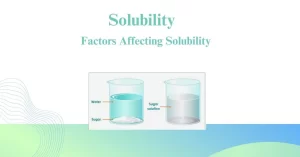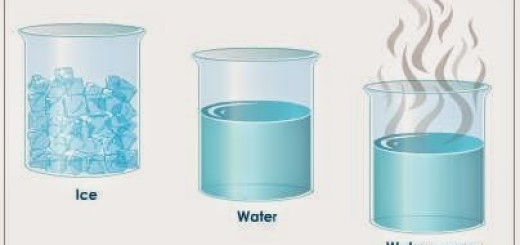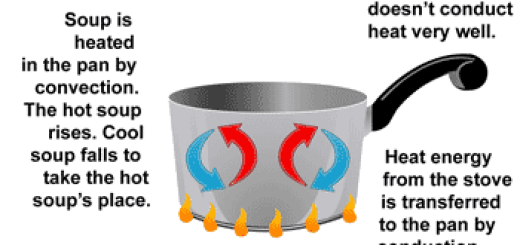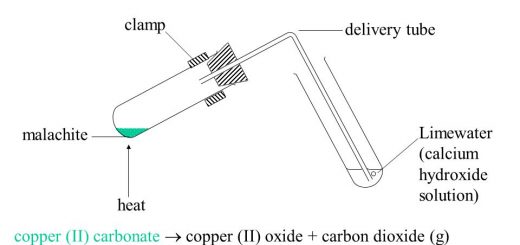Formation of the solution and factors affecting the solubility process
Your blood is a mixture of elements and components because it contains white blood cells, red blood cells, water, and a number of dissolved substances, The different components of blood can be separated and used by doctors, The ratio of these substances in your blood changes daily, but the identity of the mixture does not change.
The solution
The particles of salt are not seen suspended throughout the water after stirring, The particles of mud are seen suspended throughout the water after stirring, Homogeneous mixture is the mixture in which its components can be distinguished from each other, such as a salty solution, apple juice, and tea.
A heterogeneous mixture is a mixture in which its components can be distinguished from each other, such as mud in water, chalk in water, and natural orange juice, A Salty solution is a homogeneous mixture because its components can be distinguished from each other, Apple juice is a solution because it is a homogeneous liquid mixture.
Formation of the solution
The solution consists of solvent and solute, Solvent is the substance in which solute disperses or dissolves such as water, alcohol, benzene, …etc. , Solute is the substance that dissolves in a solvent such as salt, sugar, ….etc. , The solubility (dissolving) of a solute in a solvent produces a solution, Water is called a common solvent as thousands of substances dissolve in it.
A solution is a homogeneous mixture in which the solute breaks down into its most basic particles that spread throughout the solvent, such as a salty solution, apple juice, and tea.
The salty solution consists of a solute which is salt and a solvent which is water, A Stirring process is necessary to dissolve the solute in the solvent.
The solubility process is the process by which a solute dissolves in a solvent leading to the disappearance of the solute, The Solubility process can be expressed as follows :
Solute + Solvent →Solution
In a sugary solution, sugar is considered the solute, because it dissolves in the solvent (water) to form the sugary solution, Substances can be classified according to their solubility into a soluble substance and an insoluble substance.
A soluble substance is a substance that dissolves (disappears) in a solvent, The formed homogeneous mixture is called a solution, such as salt in a salty solution, An insoluble substance is a substance that does not dissolve (suspends) in a solvent, The formed heterogeneous mixture is called suspension, such as mud in the water.
Suspension is a heterogeneous mixture in which some particles of the solute are suspended throughout the solvent, such as mud in water and natural orange juice, Suspension can be separated by a filtration process.
Tea and sugary solutions are homogeneous liquid mixtures (solutions) because the components of each of them can not distinguished from each other, Mud in water is a heterogeneous mixture (suspension) because the particles of mud can be distinguished from water.
Apple juice, tea, and salty solutions are homogeneous liquid mixtures (solutions), and Natural orange juice and mud in water are heterogeneous liquid mixtures (suspensions).
Factors affecting the solubility process
The solubility process is affected by four factors which are:
- Quantity of solvent and solute.
- Temperature
- Stirring.
- The kind of solute
The solubility process depends on the amount of solvent and solute, where by increasing the quantity of solvent, the speed of solubility increases and vice versa, By decreasing the quantity of solute, the speed of solubility increases and vice versa, Solubility depends on the amount of solvent and solute.
By increasing temperature and using the same amount of solvent and solute, the dissolving (solubility) time decreases, Dissolving sugar in hot water is faster than in cold water, because when the temperature increases the speed of the solubility increases, Stirring increases the speed of the solubility process and the solubility process depends on the kind of the solute.
The surface area of the solid material affects the solubility process, If you have 2 gm. of sugar cubes and 2 gm. of powdered sugar, The 2 gm. of powdered sugar dissolves faster in 100 ml, because cracking (grinding solid materials) gives a larger surface area exposed to the solvent that makes the solubility process gets faster.
Shaking has the same effect as the stirring process, The necessary factors to decrease the solubility time (increase the solubility speed) are :
- Heating.
- Stirring.
- Increasing the amount of solvent.
- Decreasing the amount of the solute.
- Grinding the solid materials.
Types of mixtures in terms of homogeneity
Matter, Mixtures Types, Properties, Formation and Separation




